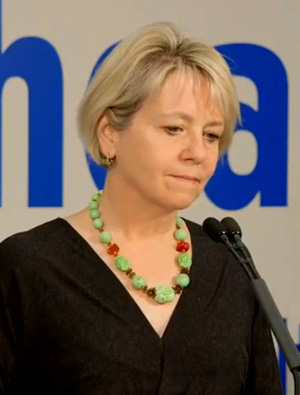
Thursday October 29, 2020 | VICTORIA, BC [Updated Oct 30,2020 at 4:10 pm]
by Mary P Brooke, B.Sc., editor | Island Social Trends
Today the key message was about the community transmission COVID-19 in the Fraser Health region of the BC lower mainland. That’s where cases are increasing and particularly from small gatherings of family and ‘safe six’.
The Fraser Health region serves 20 communities (including Burnaby, Surrey, Langley, Delta, Chilliwack, Abbotsford and Mission). The region has 13 hospitals. There are over 40,000 health-care personnel and staff.
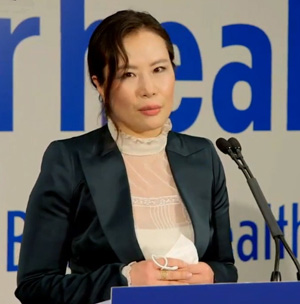
To reinforce the message about the fast-growing number of cases in the Fraser Health Region, the bi-weekly COVID-19 teleconference was held in Surrey.
That may have been a refreshing change for Dr Henry who for many months has been doing the media teleconferences mostly from the BC Legislative Press Theatre down in the bowels of the BC Legislative buildings (other than a few from the BC Government cabinet office in Vancouver when government was actively led pre-election).
And while the COVID teleconferences are usually headed up by Provincial Health Officer Dr Bonnie Henry, today is was started off by Dr Victoria Lee, president and CEO of Fraser Health.
Dr Lee appealed to fellow Fraser Health residents and communities to honour the hard and “heroic efforts on a daily basis” of health care staff and volunteers, by doing their best to follow public health protocols.
For the first time since before the election campaign (which started September 21), Adrian Dix was on the call. While he was introduced as the health minister, the government has not formally been reestablished since the October 24 provincial general election.
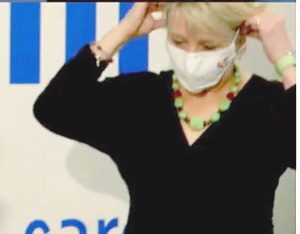
This was the first call all year where the usual gratitude expressed for being on indigenous lands was not mentioned. In Fraser Health the population is mostly first and second-generation persons from a wide range of other cultures — largely East Indian and Asian. The missing indigenous acknowledgement was a curious oversight and powerful by its absence.
Dr Henry defended her approach to the use of face masks. Her philosophy (and public health strategy) is to trust people to do the right thing. However, even people who have the best of intentions will be lax on the use of masks if not ordered or enforced. But this is BC, and we give people their space to make responsible decisions.
October 29 COVID stats:
The total BC COVID case count is 14,109 which is up by 234 cases in the last 24 hours. Those new cases were found through 10,127 tests.
That’s a positivity rate of 2.31% (which means every person with COVID is passing it on to two or more people); the rate should be viewed over a week’s time for a reliable indication of where things are heading, said Dr Henry today.
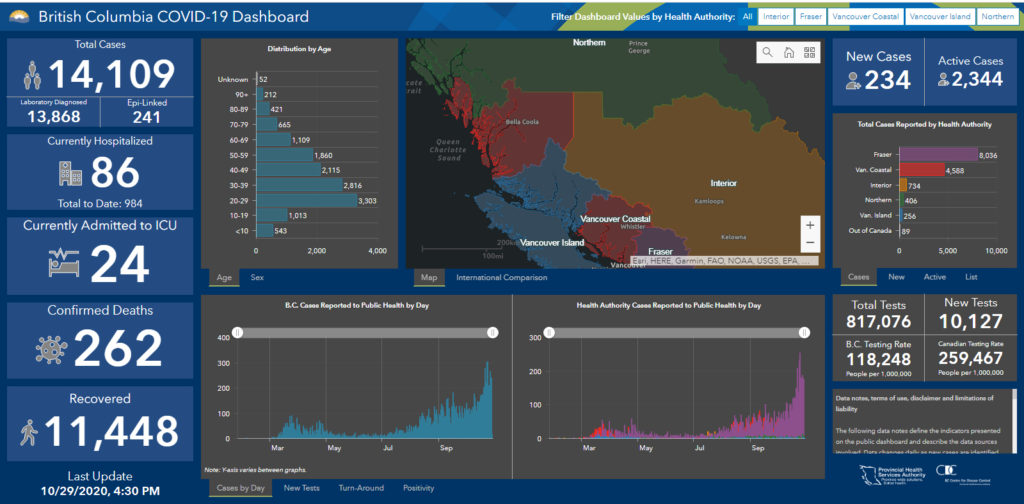
Of the total BC cases, 2,344 (+28) are active. And of those 86 (+3) people are in hospital, with 24 (-1) in intensive care. Again today (as yesterday) there are three new cases on Vancouver Island (bringing the island’s COVID case total to 256); most cases continue to occur in the lower mainland areas (Vancouver Coastal and Fraser Health regions).
There has been one new death by COVID-19, bringing the BC total to 262.The death reported by Dr Henry today came with a cautionary tale: the woman who died was in her 80s who ended up hospitalized in the Fraser Health region due to COVID-19 after contracting it at a family birthday party at home. She died in hospital.
Adrian Dix is back in action:

For the first time since the October 24 provincial election, Adrian Dix joined the teleconference as Health Minister (even though, technically-speaking, the new cabinet has yet to be sworn in).
He asked British Columbians to stop the spread by learning and adapting. “That is our key to individual and collective success,” said he said. “No community is immune. We have to continue this together,” said Dix, acknowledging we are in the second wave of COVID-19 in BC.
Dix said he was pleased that more contact tracers are coming on stream. The original 500 additional hire as announced in August has been increased to 800. He said there have been 523 total hires, with now also 304 conditional hires in the interview stage, and 78 offers in play.
Dr Henry explained this also allows health care personnel to focus on other important areas such as the annual influenza program.
Self-isolating – the number grows:

Presently 5,714 people (+356 in the last 24 hours) are self-isolating due to known exposure to the virus, which is the highest tally yet.
That’s not as benign as it sounds. As Island Social Trends has been delinating for months, daily lives are impacted by this enforced self-isolation, including adjustments to family arrangements in the home, employment availability or location, not being able to take children to day care, access to resources (and the cost to have things delivered), and a range of social interactions and entertainment.
Impaired, blocked, or truncated relationships with friends, family and loved ones is damaging. For some it’s a matter of a pent-up situation (for which the dam bursts in some manner at some point — noting mental health adaptations by many), and for others it means completely missing the boat for important social opportunities especially for young adults who in their 20s normally interact socially to establish sexual and life partners, families, and careers.
Age distribution (October 29):
Of the 14,109 cases in BC at October 29, the increases have been steady across all age groups over the past week or two.
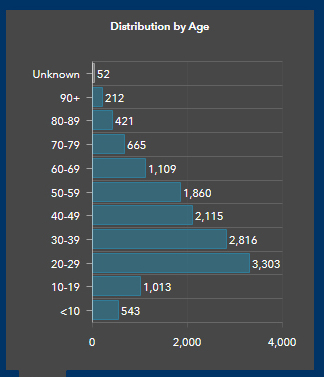
Among all persons under age 19 (children and teens combined), there have been 1,556 cases (+37 in the last day). That’s 11% of total cases in BC to date in the pandemic this year (up from 10.9% yesterday).
In the October 29 COVID stats, another 10 children under the age of 10 tested positive, and 27 kids and teens (age 10 to 19 years) tested positive.
Mainstream working-age adults (age 20 to 59) are seeing case-surges. In the last 24 hours those groups combined saw 175 new cases (14 more than yesterday, on top of 30 the day before that), comprised as follows.
- age 20 to 29: 3,303 (+52 in the last day, +30 the day before)
- age 30 to 39: 2,816 (+52 in the last day, +50 the day before)
- age 40 to 49: 2,115 (+37 in the last day, +51 the day before)
- age 50 to 59: 1,860 (+34 in the last day, +30 the day before)

People in their 20s — with their whole adult lives ahead of them, possibly now compromised by lingering impacts of the COVID infection — comprise 3,303 of the cases (consistently 23.4% this week), so far this year. This not only impacts their own health and lives (and probably those of the people around them) but will have an impact on what work they can or cannot do, which leads to economic impacts.
There appears to be a wide range of health impacts in people in the working-age groups… from dealing with the infection handily to those who have lingering symptoms for up to many months. Some impacts appear they will be permanent (such as lung tissue damage and cardiovascular impacts) which leads to long-term and perhaps chronic health issues.
People who have contracted COVID-19 are also open to possible long-term health impacts that will affect anything from type of employment, range of physical activity, ongoing need for medications, and changes to insurance policies.
Many adults in their 60s are still working (if not in the mainstream workplace, then from home). As they are generally included in the ‘age’ risk factor, this group needs to be looked at distinctly (older but not quite elder).
In total there have been 1,090 test-positive COVID cases in people ages 60 to 69 in BC (+19 since yesterday and +20 the day before that).
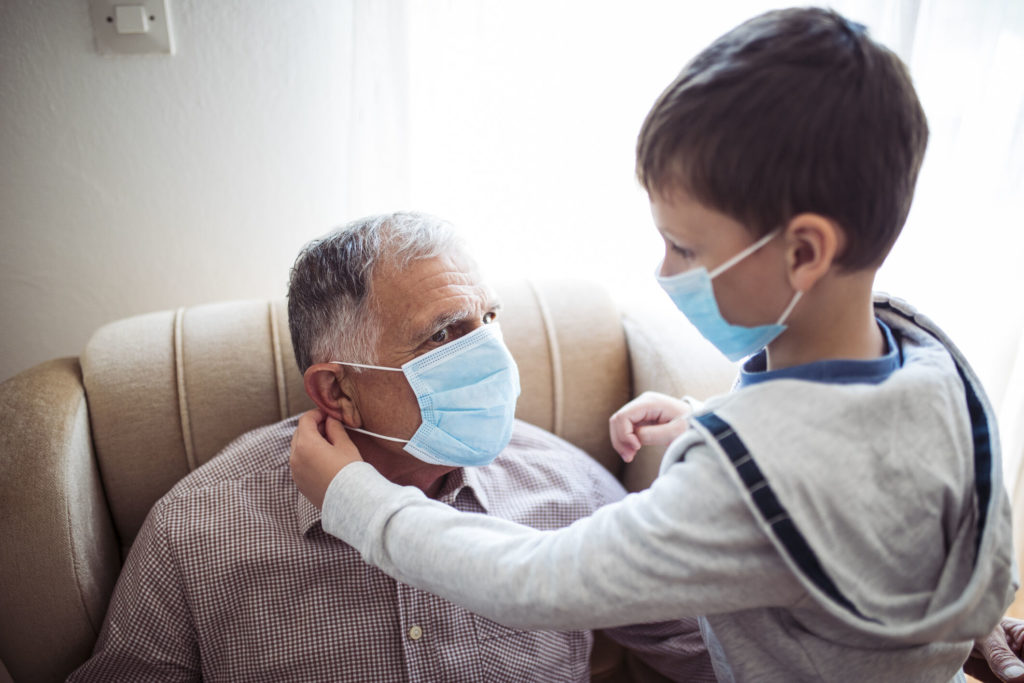
These people are in many cases parents and grandparents who can be affected by the spread from younger people in their lives and households. If people in their 60s who were previously healthy come down with COVID, this can add a a health, emotional and financial burden on family (or if there is no family, suddenly catapults these relatively young seniors into a greater level of disability and disadvantage). With 1,109 cases, the 60-to-69 age group comprises 7.86% of all cases so far this year.
The elderly (age 70+) are seeing strong case-count increases. Not all of these people are in long-term care, some are still trying to maintain independent lifestyles.
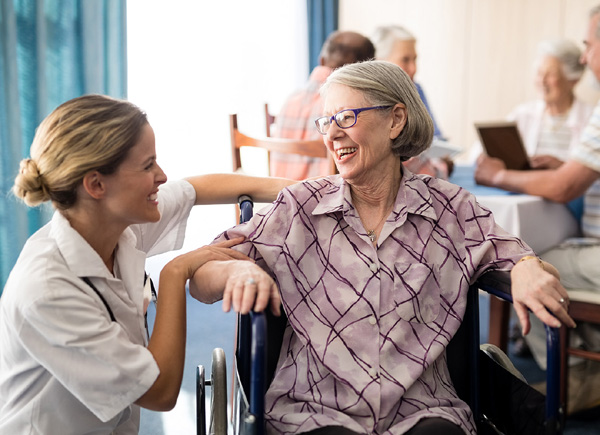
This grouping was at first the primary ‘vulnerable’ group referred to by public health as needing the most protection from the virus. Most of the deaths do occur in people over age 70.
Across Canada, 80% of deaths from COVID have occurred in long-term care, it was stated by Canada’s Chief Public Health Officer Dr Theresa Tam in Ottawa this week.
To date in the pandemic, there have been 1,298 test-positive cases of COVID-19 in the BC CDC cohorts called 70-79, 80-89, and 90+. That’s 15 more cases in the last 24 hours (on top of 20 more cases the day before). Breakdown:
- 70 to 79: 665 (+7 in the last day)
- 80 to 89: 421 (+7 in the last day)
- 90+: 212 (+1 in the last day)
Vancouver Island sees containment:
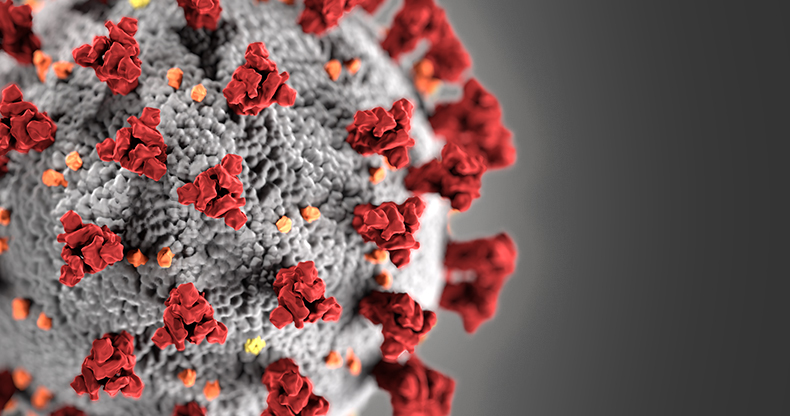
As for the continued awareness of Vancouver Islanders that case counts and transmission have been low here throughout the pandemic so far (256 cases all year to date, only 26 people hospitalized, and just six deaths).
There were three new cases in today’s October 29 report (one person in their 20s and two in their 30s), on top of three new cases the day before (one person in their 20s, one in their 50s, and one in their 60s).
This is a small increase when looking province-wide, but Dr Henry is not letting her guard down on COVID in this region.
The COVID-19 virus uses human bodies as its hosts in which it will further replicate, and does not discriminate by geographical boundary.
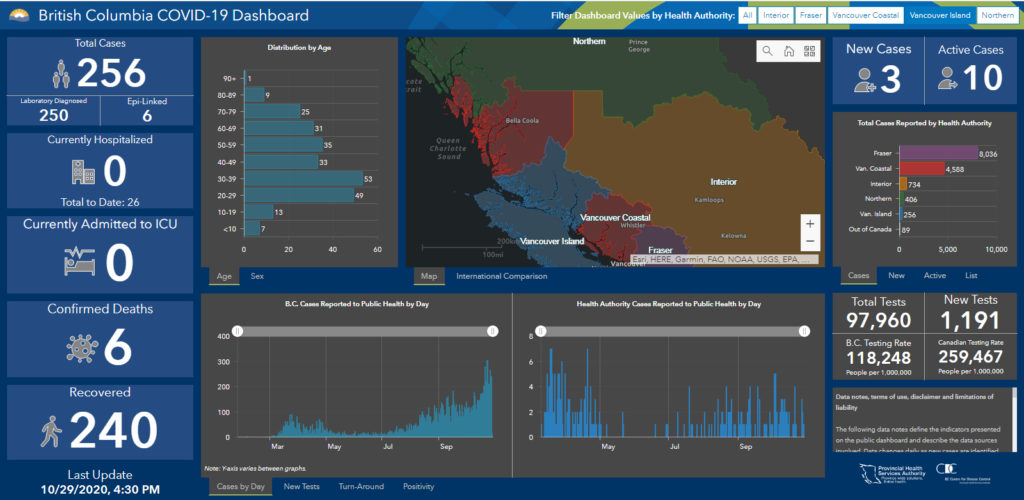
Dr Henry — who herself lives in the Greater Victoria area, on Monday called the low number of cases on Vancouver Island “protective” but that it’s “not absolute”. Things can change quickly.
Her overall message to Vancouver Islanders is that no one should stop following the COVID-19 protocols which she calls very basic, including physical distancing, staying home if not well, wearing a face mask, and keeping social bubbles and gatherings small.
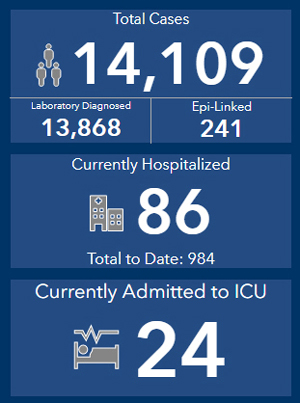
Islanders may in fact benefit by the less dense populations on the island but also by leaning to an overall more outdoor-lifestyle of just enjoying nature, more so than people may do in dense urban areas.
Hospitalization, testing and deaths:
In the pandemic in BC to date there have been 984 hospitalizations (26 of those on Vancouver Island). As of October 29 there are 86 people in hospital, with 24 of those in intensive care or acute care.
There have been 817,076 tests done in BC this year for COVID-19. A total of 10,127 tests were done in the 24-hours leading to the October 29 BC CDC report.
There have been 262 deaths by COVID in BC to date in 2020.

==== LINKS (local):
Langford reminds residents about COVID safety (October 17, 2020)
State of Emergency renewed now 17 times during pandemic (October 28, 2020)
Keeping it to safe-six at home (October 29, 2020)
===== LINKS (provided by BC Health):
BCCDC’s safer celebrations guidance: http://www.bccdc.ca/health-info/diseases-conditions/covid-19/social-interactions/safer-celebrations
To learn more about the Oct. 5 modelling presentation, visit:
https://news.gov.bc.ca/files/COVID19_Going_Forward_Oct_2020.pdf
Guidance for Halloween during COVID-19: http://www.bccdc.ca/health-info/diseases-conditions/covid-19/social-interactions/halloween
To find the provincial health officer’s orders, visit:
https://www2.gov.bc.ca/gov/content/health/about-bc-s-health-care-system/office-of-the-provincial-health-officer/current-health-topics/covid-19-novel-coronavirus
To see a map of COVID-19 cases by local health area, visit:
http://www.bccdc.ca/health-info/diseases-conditions/covid-19/data
If you are experiencing symptoms, find a collection centre near you to get tested: http://www.bccdc.ca/health-info/diseases-conditions/covid-19/testing
For mental health and anxiety support, visit: www.bouncebackbc.ca
Or: www.anxietycanada.com
For a listing of the community exposure events, visit:
BCCDC (flights, work sites, etc.): http://www.bccdc.ca/health-info/diseases-conditions/covid-19/public-exposures
Fraser Health: fraserhealth.ca/covid19exposure
Interior Health: https://news.interiorhealth.ca/news/public-exposures/
Island Health: https://www.islandhealth.ca/learn-about-health/covid-19/outbreaks-and-exposures
Northern Health: https://www.northernhealth.ca/health-topics/outbreaks-and-exposures
Vancouver Coastal: http://www.vch.ca/covid-19/public-exposures
For the latest medical updates, including case counts, prevention, risks and testing, visit: http://www.bccdc.ca/
Or follow @CDCofBC on Twitter.
For non-health related information, including financial, child care and education supports, travel, transportation and essential service information, visit: www.gov.bc.ca/covid19
Or call 1 888 COVID19 (1 888 268-4319) between 7:30 a.m. and 8 p.m. (Pacific time), seven days a week.
For the latest videos and livestreaming of COVID-19 media availabilities, visit:
Facebook: www.facebook.com/BCProvincialGovernment/
Twitter: https://twitter.com/BCGovNews
YouTube: www.youtube.com/ProvinceofBC


